The strategy game genre can be quite hard to get into, but here are a few games that can serve as good entry points
Strategy games can be a tough genre to get into, there’s no doubt about it. There are plenty of games out there, and if you pick the “wrong” one as your starting point, chances are you’ll be having a bad time. It’s not uncommon for a strategy game to have a steep learning curve, and it feels like many of them assume that you’re already familiar with the genre. But there are games that make for good starting points, games that are easy to pick up and play, even if you’ve never played a strategy game in your life. Here I’ve tried to compile a list of some that I find to be good entry points. These are in no way the only good games for new players, but this list should still hopefully be a good starting point for people who want to get into the genre.
I’ve tried to find games that meet a few criteria:
- Has a gentle learning curve. Basically, the games should be easy to pick up and play, and you should not have to spend hours learning all the mechanics before it starts getting fun. Games that rely on a wiki to teach you their basics are also out.
- The game needs to be easily available. If you need to start looking for a second-hand copy, or if it’s only available on some obscure platform, it won’t be on the list.
- It needs to have a nice presentation. If the game is really dry and clinical in its presentation, it won’t be on the list.
Anyway, onto what we all came here for:
Command & Conquer 3
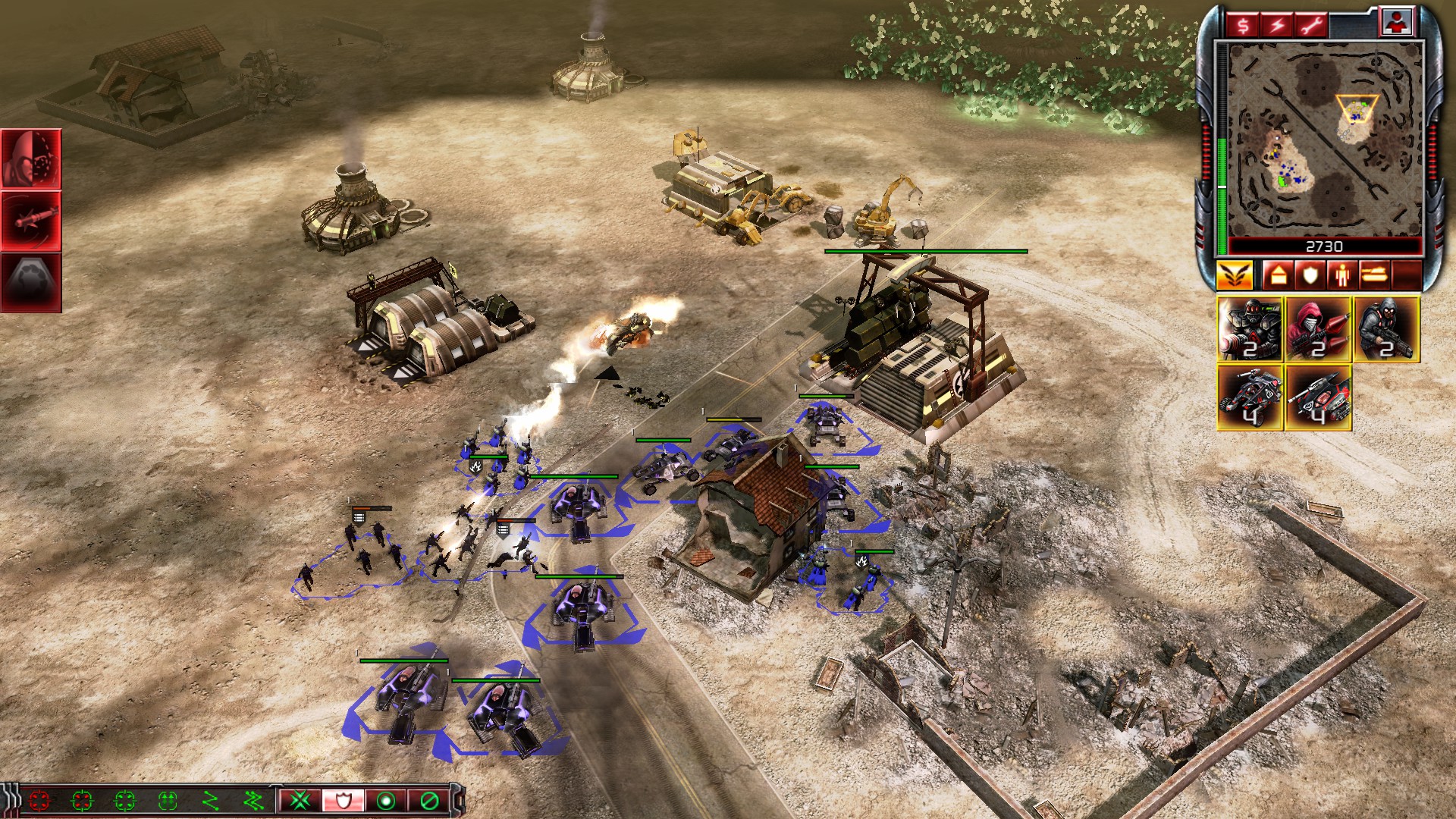
The RTS is probably one of the easiest types of strategy games to get into. Many of them have good campaigns that easiest you into the gameplay, and they also tend to have a pretty nice presentation. And the Command & Conquer series is probably one of the best entry points. The original Command & Conquer helped set the standard for RTSs to come, and its sequels and spinoffs expanded on it. And while Command & Conquer 3 might be a bit more complex than the earlier games in the series, it’s still a really good entry point. Combat is fast and exciting, without requiring too much micromanagement, and the campaign has a surprisingly solid story that makes you see what happens next.
In Command & Conquer 3 you’re controlling the forces of the GDI or NOD (and a third faction that gets introduced later, but I won’t spoil that), and you need to build up a base, train troops and send them into battle. All is done in real-time, but C&C is a relatively fast-paced series, you don’t have to wait around for long before the action starts, and troops start shooting at each other. And it’s quite simply a very fun game, with a lot of variety to it, and the campaigns really help showcase what makes them special, and what they stand for, with the charismatic Joseph Kucan playing the leader of NOD in some of the best live-action cutscenes ever seen in games.
If you’re interested in Command & Conquer 3, you can find it on Steam and Origin, and it goes on sale regularly. Don’t be tempted to get Command & Conquer 4 though, that game is just awful, and fully deserves its “overwhelmingly negative” score on steam.
Defense Grid: The Awakening
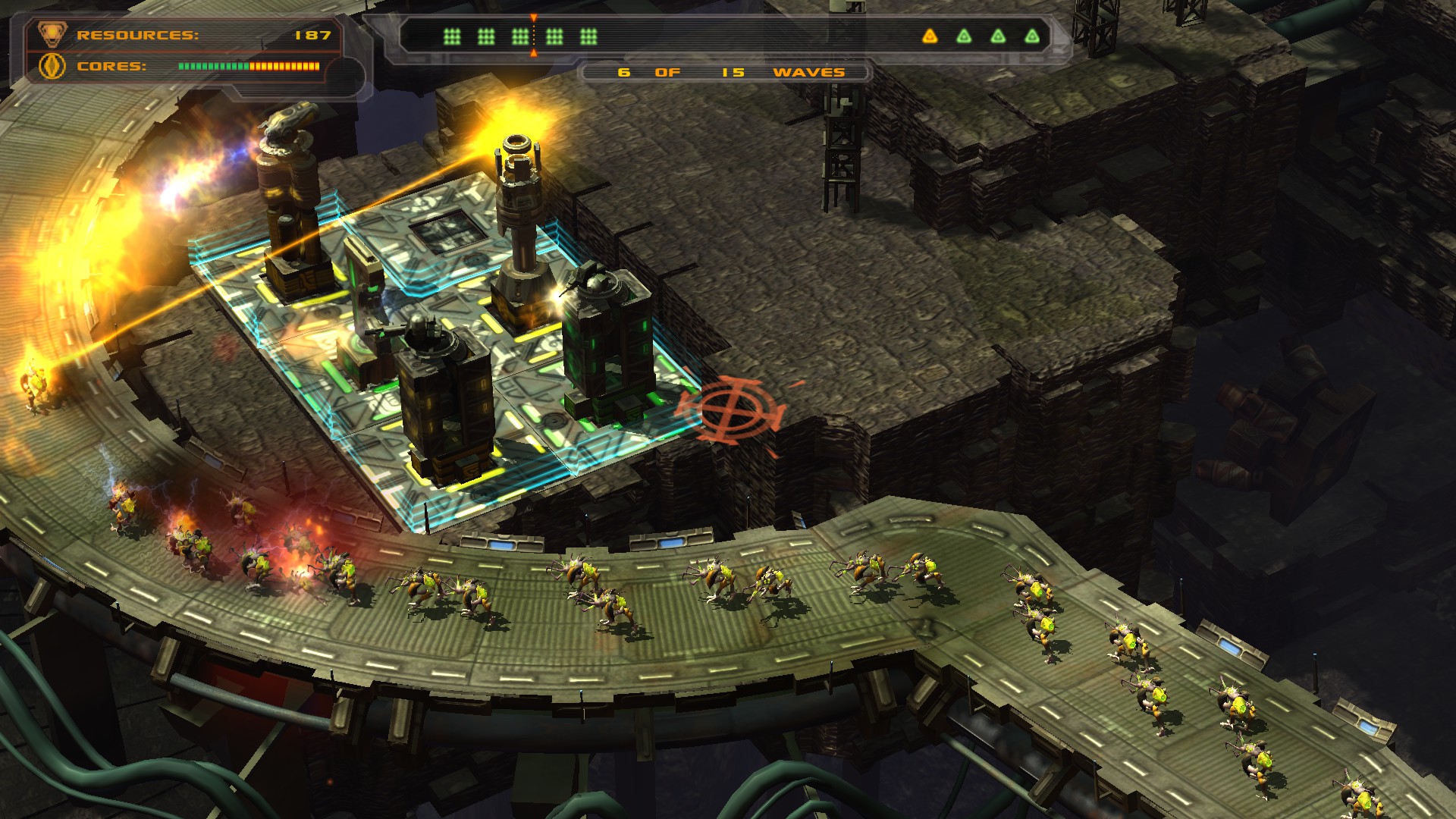
Defense Grid is a so-called Tower Defense game, which is a type of strategy game that lands somewhere in-between an RTS and a puzzle game. The basic idea is that enemies will rush in from different pre-determined points on the map, and you’re supposed to build different defensive towers to defeat them. Good management of time and resources is key here. Defense Grid goes a few steps further than most Tower Defense games and have a surprisingly compelling main campaign, and a gentle learning curve. Just beware that it does get somewhat tough later on.
In Defense Grid you’ve got a steadily increasing number of towers to chose from, as you build up your defenses. These range from simple machine guns, to towers that slow down enemies that walk nearby to flame throwers and lasers. And it’s paced wonderfully, with the early game offering you a handful of towers, and as you learn the basics, you get access to far more varied and exotic ones. And during the campaign the voice actor Jim Ward portrays the AI that keeps you company, and talks talks with you, offering some of the best in-game narration in any game, rivaling Bastion.
The game can be found on Steam, as well as its own humble widget, and somewhat regularly goes on sale.
Warlock: Master of the arcane or Warlock 2: The Exiled
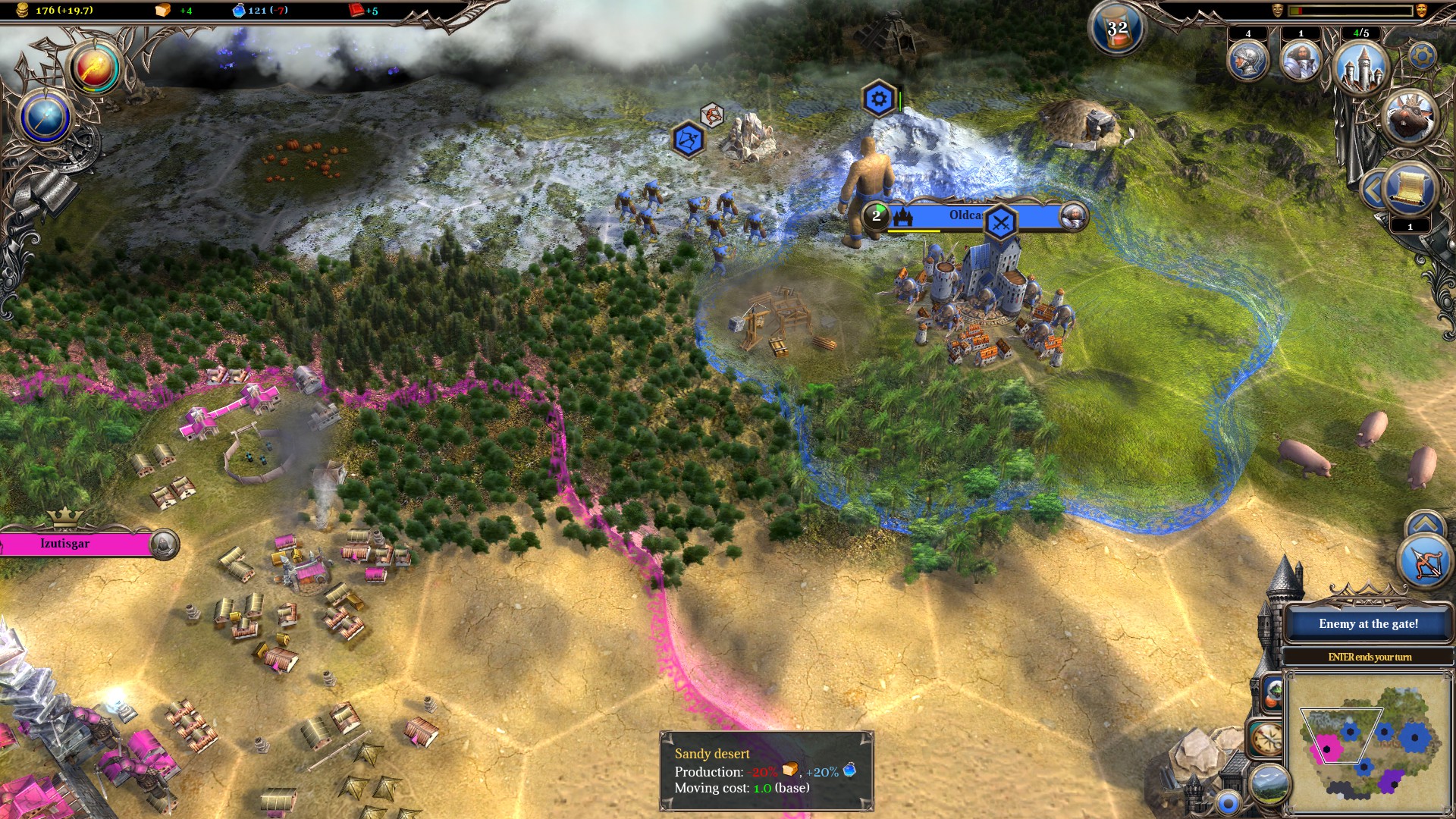
4X games are some of the tougher strategy games to get into. In most 4X games you get a randomly generated map, and you need to build a vast empire, starting from a single city and expanding from there. By their very nature, you don’t really get story-driven campaigns, like in RTS games, nor distinct levels were you get to learn how the game works, bit by bit. 4X games do tend to have a lot of replay value though, as each time you start a new game, you get a brand new map to play on.
The Warlock series is one of the least complex 4X games out there. You don’t have complicated tech trees or a lot of different economic resources to worry about, and it also does not take very long for it to get going. That’s not to say the game is shallow or simplistic though, it’s just straight forward for a 4X game. In Warlock you play as one of a number of different races, humans, monsters, undead, elves and so on, all with their unique strengths and weaknesses, lead by a mighty wizard who try to build up their own empires, and become the master of the arcane. Combat is tactical and satisfying, with units having distinct roles, some being good at taking cities, while others are strong in melee fights and so on.
The two Warlock games are very similar, although the second one has a fare bit more content. Its default settings are far less new player friendly though, so if you’re going for that, play it on a sandbox map, with the limited number of cities turned off (even though the game recommends that you keep it on)
Getting the game is easy, it’s on Steam and goes on sale often.
Shining Force
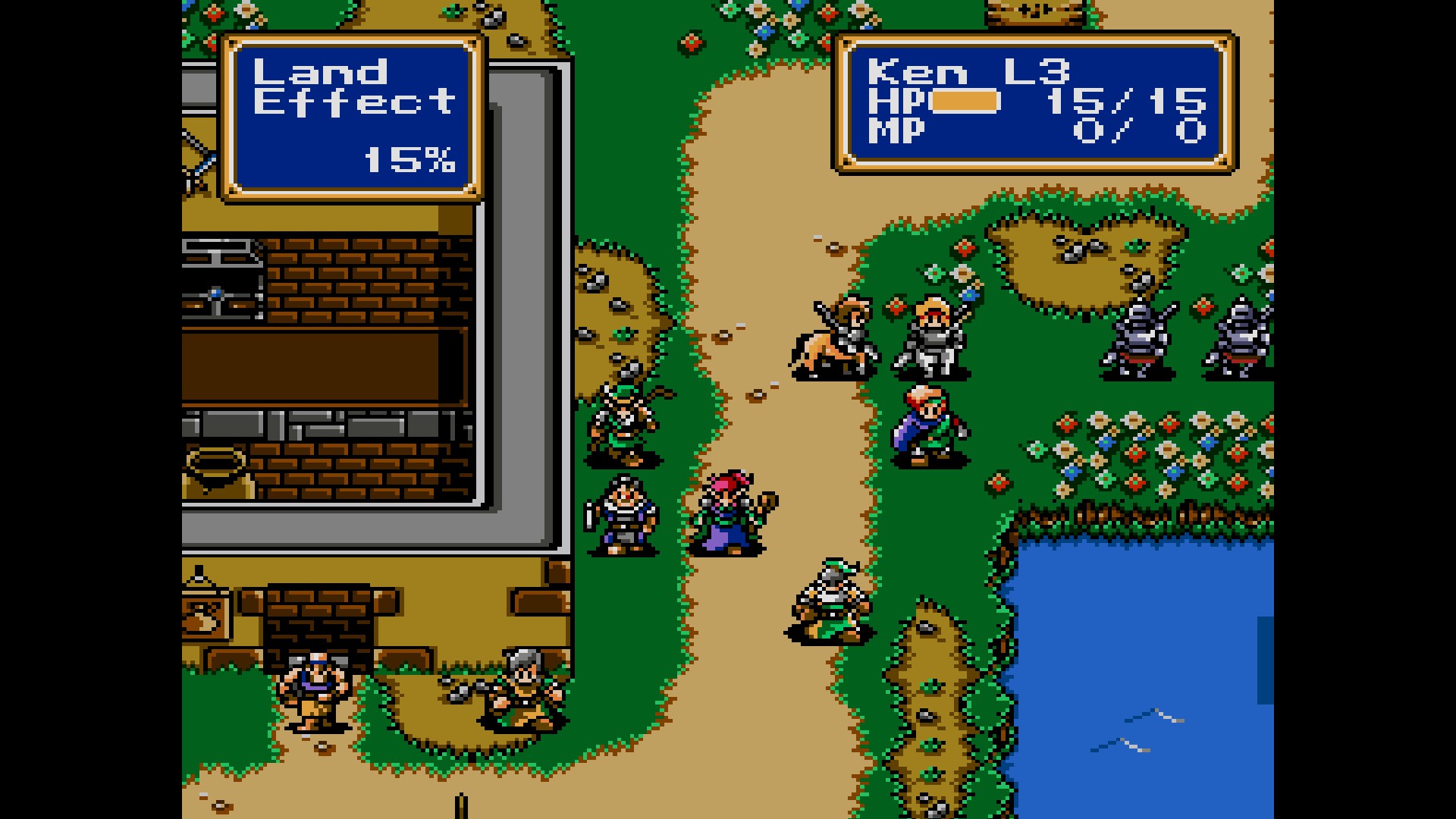
Strategy RPGs come in many different forms, and sometimes it can be hard to really tell where the line between an SRPG and a “regular” RPG goes, or an SRPG and a tactics game. But what these games have in common is that you’ve got a roster of characters that level up and get stronger as the game progresses.
The Shining Force series is a pretty good entry point into the genre, and there’s no real debate about if this is a regular RPG or an SRPG. In it you start with a small force, that grows bigger as the game progresses. Combat is straight forward and to the point, but it still manages to be satisfying. And unlike many other SRPGs, this one is rather forgiving. The roster of troops that you end up with contains wizards, archers, fighters and more weird and wonderful creatures, and each unit improves over the course of the game, and becomes stronger as they fight, giving a strategic element to who you chose to fight with.
Another great thing about Shining Force is that it’s available on pretty much everything. Want it on PC? Steam has you covered. Any of the 3 big consoles? There’s the SEGA Mega Drive/genesis classics compilations. And it’s also on Android and iOS, where you can (at least on android) get a free but ad-supported version if you don’t feel like paying.
Heroes of Might and Magic V
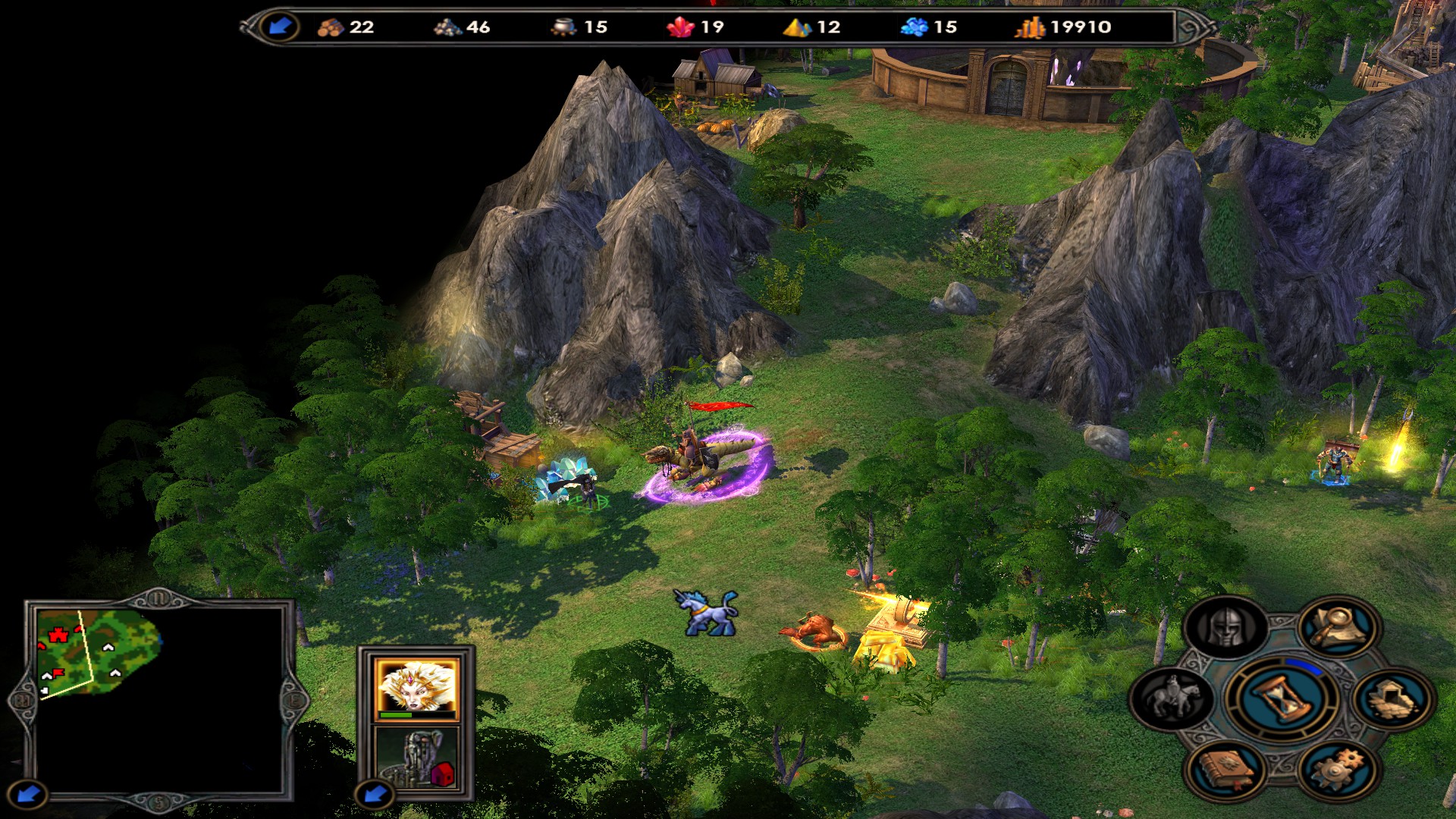
The Heroes of Might and Magic series has always been rather beginners friendly, as it’s quite straight forward and streamlined, and pretty much any entry in the series would work as an entry-level strategy game (although not all entries are actually good), but 5 feels like the best starting point.
In the Heroes of Might and Magic series, you have a bunch of different factions, with great heroes leading their armies. The heroes move around the overworld map, collect resources and conquer cities and resource collecting buildings, and once they run into an enemy, the game switches to a tactical view where you can control your individual units as they fight the enemy.
Heroes of Might and Magic 5 has a good self contained campaign, that does a great job at showing you how its mechanics works, and the story is not half bad. It also helps that Heroes of Might and Magic V is a very good game in its own right. Heroes of Might and Magic 3 is also very good, but has a worse campaign. Avoid the latest entry in the series though, 7, as it’s just way too buggy. And don’t worry about playing the games out of order, the Might and Magic series takes place on different worlds, with, for the most part, little to connect the games.
Getting Heroes of Might and Magic V is very easy. It regularly goes on sale on GOG, Steam and Uplay (although for some reason it does not say if the base game comes with the first expansion on Uplay).
King’s Bounty: The Legend
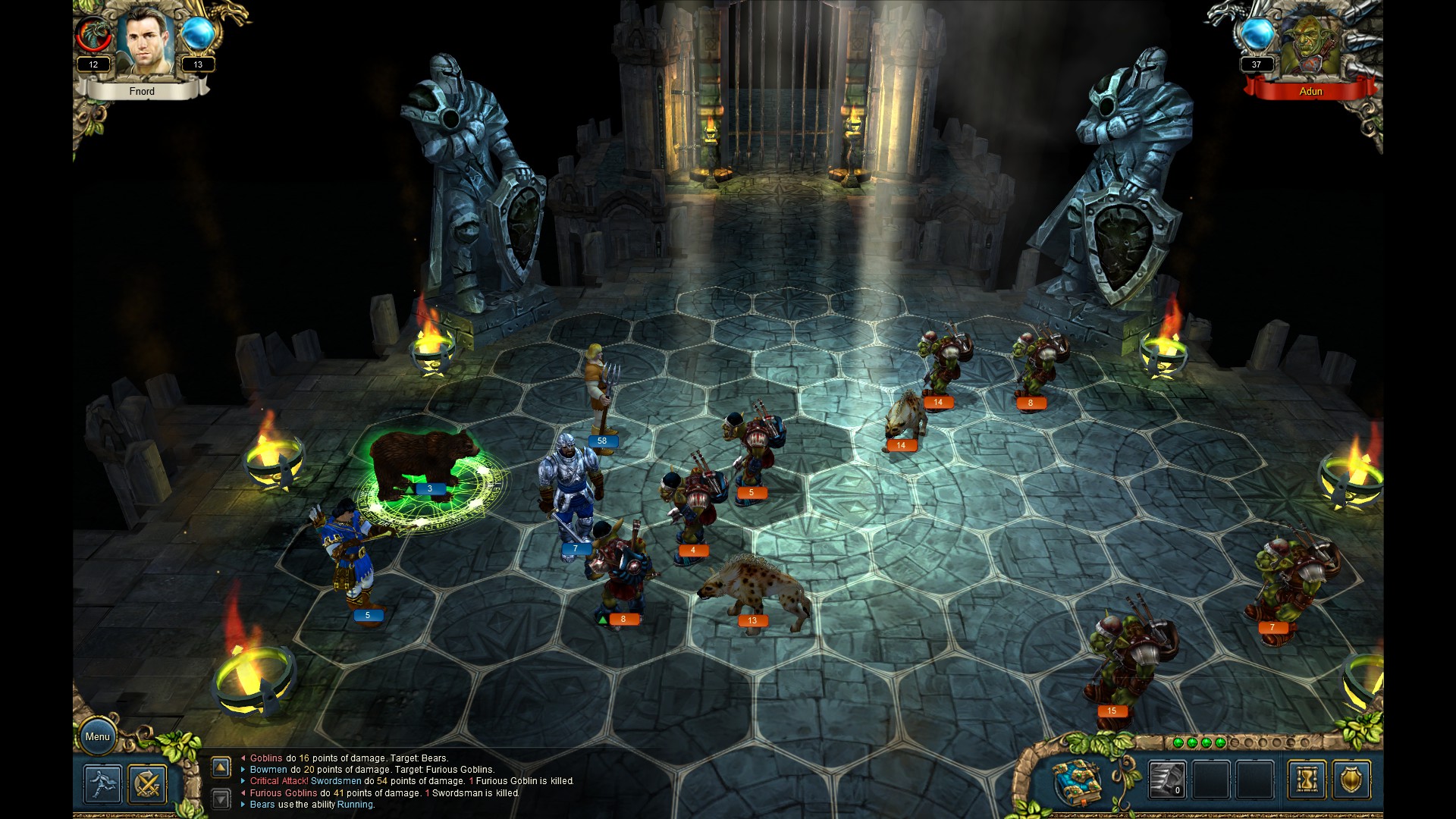
At first glance, King’s bounty might look a lot like Heroes of Might and Magic, and in some ways it is. King’s Bounty has tactical combat very similar to that of the Heroes of Might and Magic series, but you move around on the overworld in a way similar to that of an RPG. As you progress your character grows stronger, much like in an RPG, and you can bring more troops along with you. The focus of these games is the tactical combat, which has a surprising amount of variety to it. There are just shy of 100 different units that you can recruit, and they all have their own strengths. Luckily you don’t need to learn exactly what each unit does from the start, they gradually become available as the game progresses, and for the most part, it’s quite obvious what they do. An archer shoots arrows, and a dragon can fly and breath fire, a wizard casts spells and a knight in heavy armor fights in melee.
All the King’s Bounty games released by 1C are very similar, to the point where you could easily just consider the games following King’s Bounty: The Legend to be glorified standalone expansions. And while the later entries do have more things in them, the first game has the most approachable and easy main campaign.
King’s Bounty: The Legend is cheap on Steam and GOG, and regularly goes on sale. It’s also not a short game, so you’re getting your money’s worth with this one!
Warhammer 40,000: Sanctus Reach
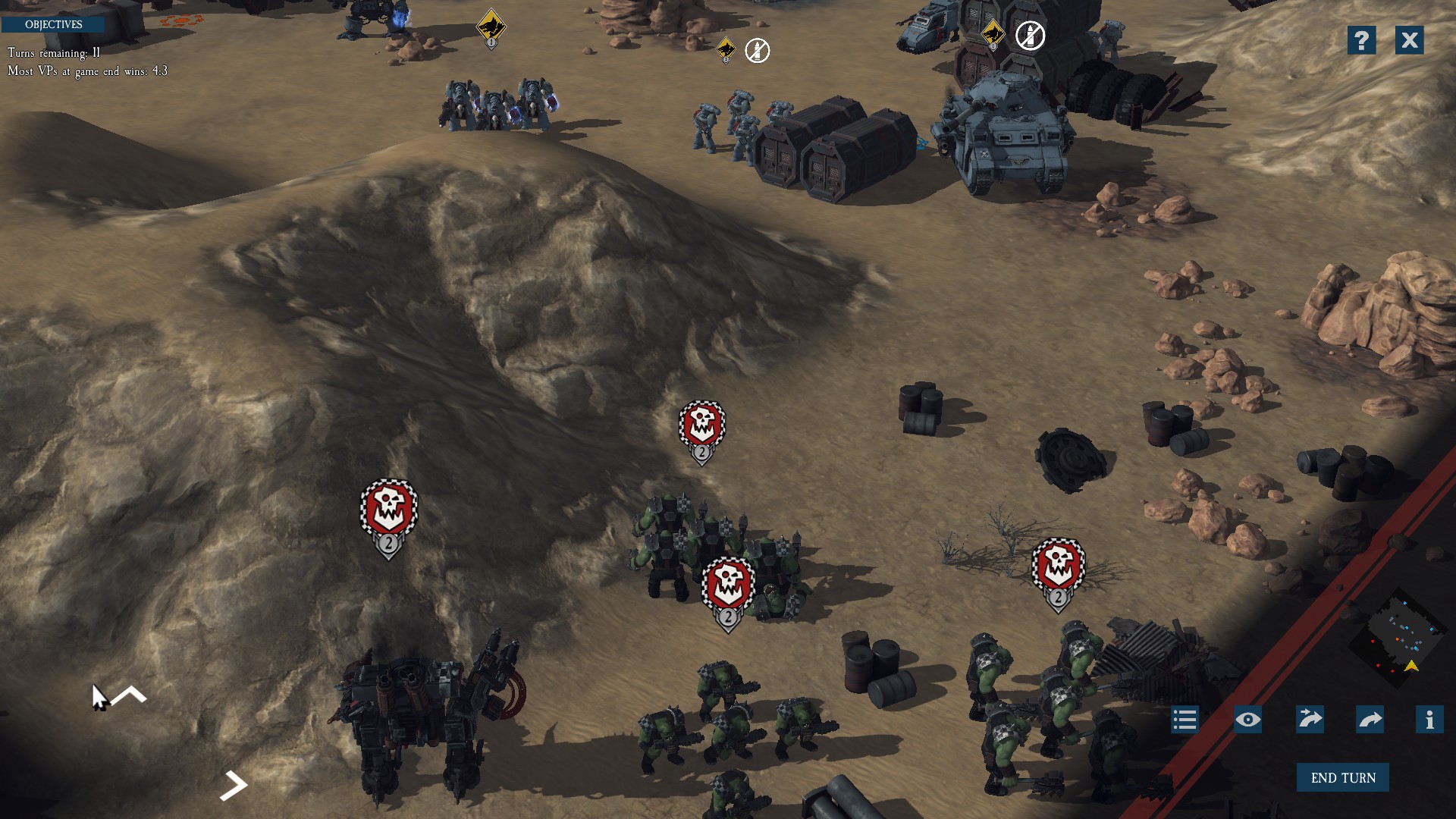
Part of the ever-popular Warhammer 40k franchise, Sanctus Reach is a tactical turn-based game where you lead a force of Space Marines against the ork hordes. Even for someone who knows nothing about the Warhammer 40k setting, this game is quite approachable, with a large cast of varied looking, and acting, units. It’s also rather forgiving, with your Space Marine troops being able to take a beating before they go down. It’s forgiving, but not too easy. The game is also split up into two campaigns, one of which limits what you have access to, and have to fight, so there are no overly complex units, while the other campaign has the full roster of troops for both sides. And there’s something really satisfying about seeing a horde of orks getting butchered by your carefully placed Space Marines with heavy bolters (a kind of anti-infantry weapon), as they try to charge your lines, or take down one of their robots with a few well-placed rockets from behind.
Sanctus Reach can be found on GOG and Steam, where it gets pretty decent discounts.
Honourable mentions
There were a bunch of games that did not quite make the cut, for one reason or another, but might well be worth looking into for anyone who wants to get into the genre.
Advance Wars: It’s a shame that this one is not more easily available, because this is almost the perfect game for people who want to get into the genre. Simple, yet not simplistic gameplay, attractive graphics, a good main campaign, this game really has it all. But it was released on the GBA back in 2001, and Nintendo has not re-released it on later platforms. Nor have they’ve been very keen on re-releasing any of its sequels.
StarCraft 2: The StarCraft franchise is one of the best RTS franchises out there, and StarCraft 2 is a really good game, with a great main campaign. But with most units having their own special abilities that have to be activated manually, it can be a bit overwhelming for those new to the genre.
Warhammer 40,000: Dawn of War: The first Dawn of War is a great RTS, that also has a really good campaign. But in the heat of battle, it can get a bit confusing, if you don’t at least have a passing familiarity with the Warhammer 40,000 setting. It would make for a great second game though, if Command & Conquer tickles your fancy.
Civilization VI: The Civilization series is one of the most important 4X series out there, but the Civ games are maybe a bit too open in its playstyle for someone brand new, and it’s easy to fall into some of the games beginners traps. Civ VI, in particular, would not make for a bad first 4X game though, and it’s better than Warlock in most regards, but it’s a bit more complex.
Warcraft 3: Soon to get a remaster, Warcraft 3 is a bit like StarCraft in that it has a fare bit of micromanagement, but you do have fewer units in it.
Unity of Command: There are not a whole lot of strategy games on this scale that are easy to just pick up and play for someone new to the genre, but Unity of Command comes very close to being that perfect first strategy game, but it has a few mechanics that are not entirely obvious in how they’re supposed to work for a first time player. Its simple presentation might also not be for everyone.
Closing words
I hope this list will be of some help to anyone who’s curious about the strategy genre, but don’t quite know where to start. The strategy game genre is really one of the most varied ones out there, only really rivaled by the RPG genre, and playing an RTS like Command & Conquer is vastly different to playing a 4X game like Civilization.
Some kinds of strategy games are a bit harder to get into than others, and I could not find a good example of a Grand Strategy game that fit the list. Grand strategy games have you control a nation in an already established world, like our own, and you need to lead it greatness. Examples of these are the Total War series and most of the games Paradox make, like Europa Universalis. But it’s just one of those kinds of games that might not be well suited for beginners. It should not be too hard to move from something like Civilization to Total War: Rome 2, but for someone who has never played a strategy game before, these will likely be overwhelming.



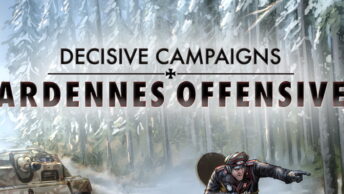
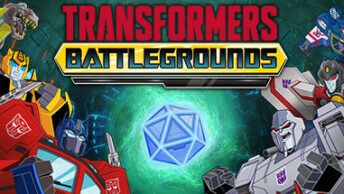
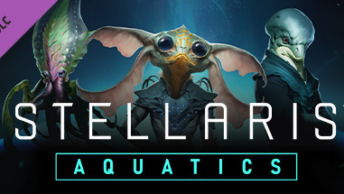
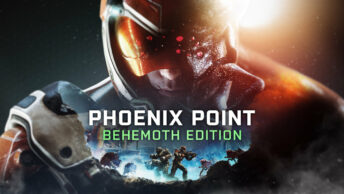
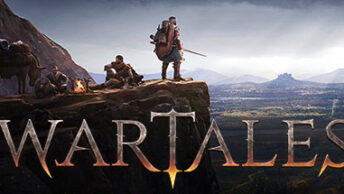



I think Rome: Total war is the easiest, you have an option of three factions (Roman houses) wich are very strong the whole campaign. The only bad Side i see is the amount of buildings, but you Will understand it after a while. (Saying Rome total war is to old isn’t a good reason to remove from the list if you put medieval 2: total war there since Rome and medieval can be compared as empire and napoleon)
I do think Rome: Total War is a bit on the complex side for a complete beginner. It’s not that the game is very hard, but it’s still pretty complex and it’s easy to end up in a debt or unrest spiral if you’re not careful. The strength of the romans in both Rome 1 and 2 do make it a pretty good first grand strategy game though, but I still think starting with something like Heroes of Might and Magic 5 or Civilization 6 is better as those games don’t throw as much at you right from the get-go.